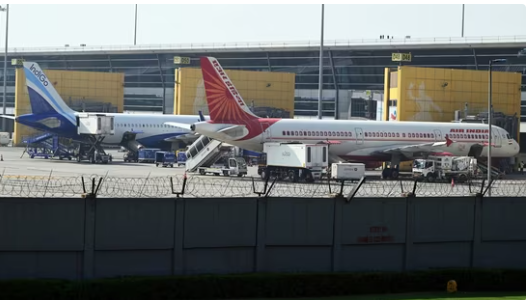Seven flights from prominent Indian airlines, including Air India and IndiGo, were simultaneously targeted by hoax bomb threats via the social media platform X (formerly Twitter). The bomb threats, received by the airlines and airport authorities, caused widespread panic, leading to security alerts and delays at multiple airports across the country.
Authorities acted swiftly after the threats surfaced, with security teams from the Bureau of Civil Aviation Security (BCAS) and the Central Industrial Security Force (CISF) initiating rigorous checks. Passengers on the affected flights were evacuated as a precautionary measure, and all baggage was thoroughly screened. Emergency protocols were enacted, involving bomb squads, sniffer dogs, and additional personnel, to ensure the safety of the passengers and crew.
Although the threats turned out to be hoaxes, the incident has raised significant concerns about the vulnerability of the aviation sector to such online disruptions. Senior officials from the Directorate General of Civil Aviation (DGCA) are now closely monitoring the situation and coordinating with cybersecurity experts to trace the origin of the threats.
Airlines affected by the false alarms included not only Air India and IndiGo but also other prominent domestic carriers, which faced delays and disruptions as a result of the extensive security checks. Passengers were understandably alarmed, though authorities assured the public that all necessary precautions were taken to prevent any real threats from materializing.
The hoax threats come at a time when the aviation sector is already under pressure due to heightened global security concerns and increased travel during the festive season. Airlines are urging travellers to remain patient and cooperate with security protocols to ensure their safety in light of such incidents.
While no actual explosives were found, the event has highlighted the growing trend of using social media platforms to spread fear and disrupt public services. Authorities are now reviewing their existing emergency response strategies and are expected to enhance surveillance on digital platforms to prevent future occurrences.








 India
India












